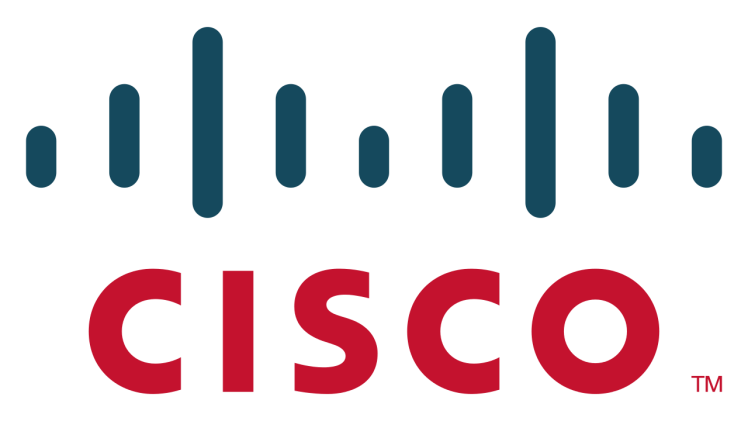Cisco announced Tuesday that it is buying ContainerX, a two-year old orchestration and management platform used in the emerging market of distributed containerized microservices (e.g., Docker). Although the terms weren’t disclosed, ContainerX has a relatively small number of customers, so the cost to Cisco was likely not very high. But why would Cisco acquire a company that is mostly directed at enabling the next generation of cloud-based virtualized services?
There are a number of reasons. First, Cisco is becoming a software and cloud enablement company. It rightly understands that the future of networking is not in “big iron” as in the past, but rather in software defined and virtualized network functionality. The emergence of the public and private cloud has fundamentally changed the networking business. Cisco, as well as its network competitors, needs to adapt or die a slow death. And moving to a more cloud-centric approach makes Cisco a player in the broader enterprise cloud marketplace. In a containerized cloud-enabled world, Cisco gains some real advantages by having ContainerX as part of its core capabilities.
The way software-defined networks and network function virtualization (SDN/NFV) will be deployed in the future as part of Cisco’s core business is in a cloud environment where small software components in distributed computing environments will be tied together to define the entire network infrastructure. These components will often be deployed as microservices, which can easily be tied together to create a larger service. This is fundamentally different from creating a virtual machine for each function.
Specialized services like security, identity management, BI/analytics, storage management, data leak prevention, etc., will all be components that are available to the virtualized system. ContainerX is built to make these microservices deployable and manageable through an automated process. It provides an ability to configure the microservices on the fly no matter where they are located (on-premises, private cloud, public cloud, hybrid cloud, etc.). Being able to mix and match and create systems at will through a Lego-like approach is very important to Cisco going forward, as it is to the functioning of the greater cloud infrastructure.
Beyond its own internal needs, Cisco will likely not be the only creator of cloud-based components and services deployed in its solutions. It’s likely that third party microservices providing specialized capabilities, often targeted at specific industries will be important to Cisco’s customers. By owning the orchestration platform, Cisco keeps ultimate control and can provide oversight, and perhaps even a “toll road” for these microservice components. If Cisco doesn’t create such a capability, it’s very likely third parties will, diverting potential revenues (and control) from Cisco.
Finally, Cisco knows it must ultimately become a cloud company that offers not only network services, but other generalized compute services as well. Many enterprises are now moving to a containerized approach to make cloud more adaptable, although it will be many years before this is the most common approach to deploying corporate apps. Nevertheless, getting ahead of the curve is critical. The ability to allow corporate apps to run in the componentized cloud network can allow Cisco to extend its presence and compete with the likes of AWS, Azure, Google Cloud, etc. by fully utilizing the available compute resources. Ultimately, this lowers costs and increases versatility for its customers. And it’s likely that the above-mentioned competitors will also seek to offer equivalent container/microservices capability.
ContainerX gives Cisco the ability to manage its own microservices in a distributed cloud environment as well as those on competing platforms. It provides Cisco with a competitive advantage longer term by providing the “glue” that can make the myriad of virtualized processes and corporate apps work together seamlessly no matter where the cloud is physically located. Ultimately, this will create a competitive advantage for Cisco. I’d expect other networking and cloud hosting companies to follow in a similar vein.
Jack Gold is founder and principal analyst at J.Gold Associates, an IT analyst firm based in Northborough, MA., providing research and analysis of the many aspects of business and consumer computing, and emerging technologies. Follow him on Twitter @jckgld.
VentureBeat's mission is to be a digital town square for technical decision-makers to gain knowledge about transformative enterprise technology and transact. Learn More

